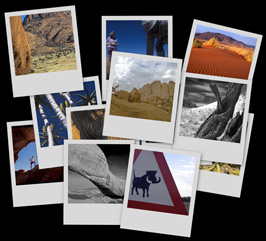Desert Medicine training course Namibia
This has got to be one of the most superbly located medical training courses in the world. With a base camp in the shadow of the countries highest mountain – Burnt Mountain or Brandberg in a river valley frequented by desert elephants the training syllabus with explore this region as well as the plains in the foreground.
As well as the obvious training benefits we also hope to see the elusive desert adapted rhino and elephants, giraffes, oryx (gemsbok) as well as more common plains animals such as Thompson’s Gazelles, Ostriches and Hartman’s Mountain Zebras
The course is filling fast so to make sure you get a place email Catherine Harding or download a Desert Medicine course application form here.
Accredited Wilderness Medicine Remote Medicine CME programs
Filed under: Adventure, desert medicine, expedition, Expedition Doctor, Expedition Medicine, wilderness medic, wilderness medicine | Tagged: adventure medic, Africa, Brandberg, damaraland, Expedition Medicine, namibia, omaruru, travel doctor, travel medicine, wilderness medicine | Leave a comment »









 Dr Sean Hudson explains why we’ve chosen Namibia to run our new
Dr Sean Hudson explains why we’ve chosen Namibia to run our new 


